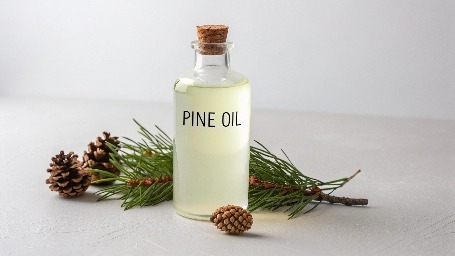Key Insights
- Pine oil pricing is higher for purer grades like Pine Oil 95% India due to advanced distillation.
- Turpentine oil price is generally lower, as it’s a byproduct of pine resin processing.
- Byproducts like Delta-3-Carene and DDTO Oil add complexity to pricing, with niche demand affecting rates.
